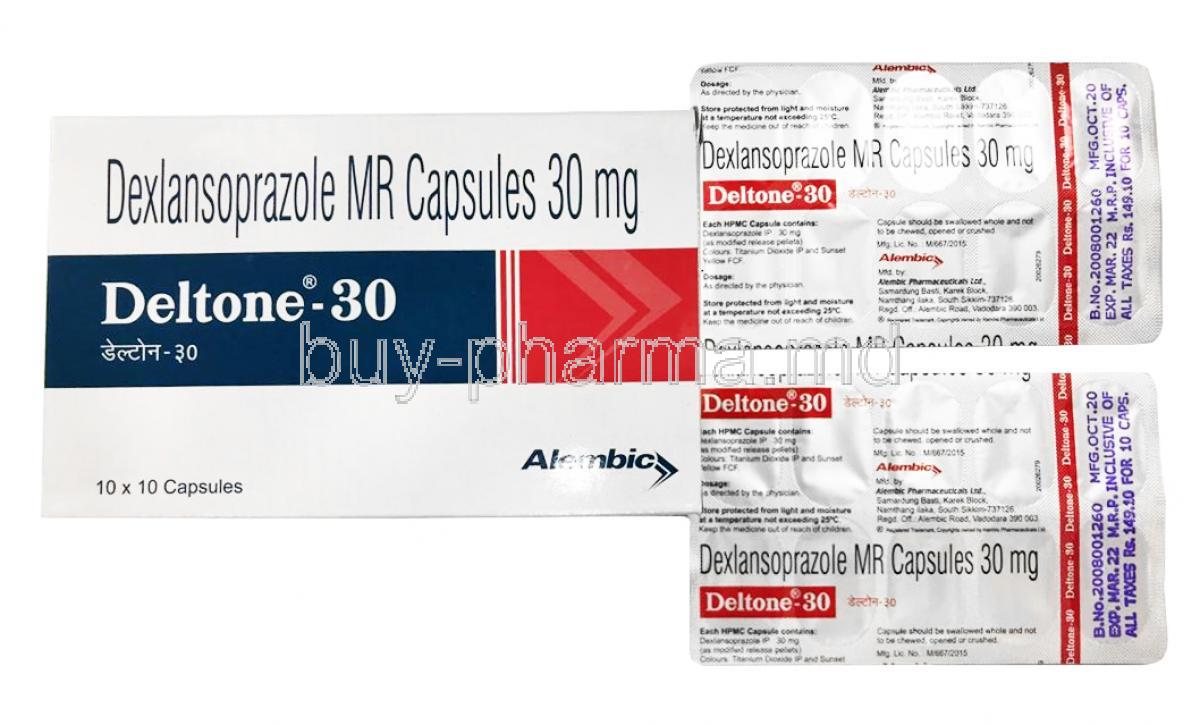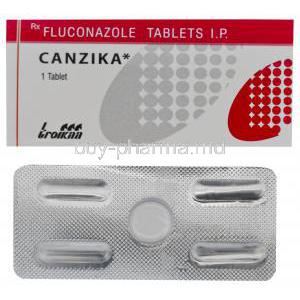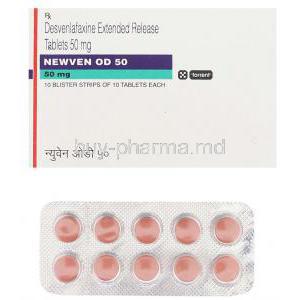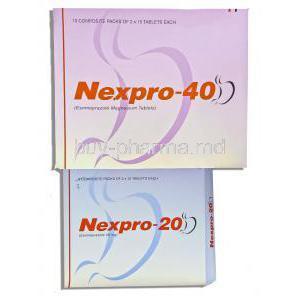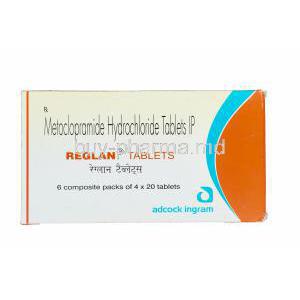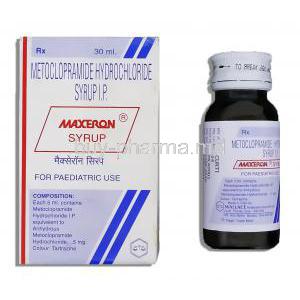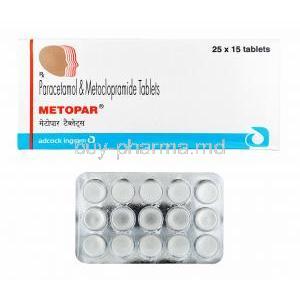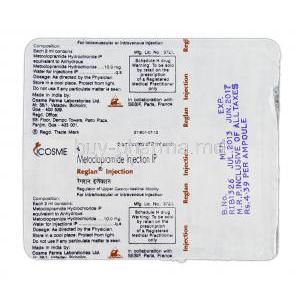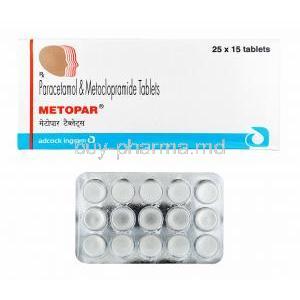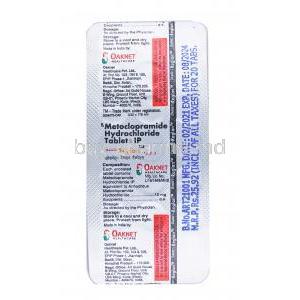Dexlansoprazole
- I. Introduction
- II. Composition and Formulation
- III. Mechanism of Action: How Dexlansoprazole Works
- IV. Uses of Dexlansoprazole
- V. Dosage and Administration
- VI. Side Effects of Dexlansoprazole
- VII. Interactions with Other Medications
- VIII. Warnings and Precautions
- IX. Special Considerations
- X. Managing Overdosage
- XI. Storage and Handling Precautions
I. Introduction
Dexlansoprazole, a proton pump inhibitor (PPI), marks notable progress in treating acid-related issues. Since receiving FDA approval, dexlansoprazole has played a role in managing conditions, like gastroesophageal reflux disease (GERD) and erosive esophagitis. This piece seeks to delve into the facets of dexlansoprazole, covering its special formulation, clinical uses, and safety record.
II. Composition and Formulation
- Key Component: Dexlansoprazole, which is the R enantiomer of lansoprazole, aims to provide lasting control over stomach acid.
- Non-Active Components and Their Functions: The medicine contains additives that help maintain its stability, improve absorption, and enable controlled release.
- Different Forms for Dosing: Dexlansoprazole comes in delayed-release capsules to meet dosage needs.

III. Mechanism of Action: How Dexlansoprazole Works
Dexlansoprazole is categorized as a proton pump inhibitor, showcasing its effectiveness in decreasing the production of stomach acid by binding to the H+/K+ ATPase pump in the stomach. This characteristic sets dexlansoprazole apart as effective when compared to other PPIs, thanks to its unique dual delayed release mechanism that prolongs its ability to reduce acid levels.
IV. Uses of Dexlansoprazole
- Dexlansoprazole: A proton pump inhibitor (PPI) used to treat the following conditions:
- Healing of all grades of erosive esophagitis (EE) for up to eight weeks in patients 12 years of age and older.
- Maintenance of healed EE and relief of heartburn for up to six months in adults and 16 weeks in patients 12 to 17 years of age.
- Treatment of heartburn associated with symptomatic non-erosive gastroesophageal reflux disease (GERD) for four weeks in patients 12 years of age and older1234.
V. Dosage and Administration
When giving dexlansoprazole it's important to follow guidelines to make sure it works as intended. The recommended doses for adults and older individuals depend on the condition being treated, with close attention paid to kidney and liver function to customize treatment effectively. Dexlansoprazole is taken using delayed-release capsules that are meant to be swallowed without considering meals, making it easier to include in patient care routines.

VI. Side Effects of Dexlansoprazole
Dexlansoprazole safety profile includes both severe side effects. Patients might encounter gastrointestinal problems, headaches, and dizziness, usually briefly. However, the heightened risk of Clostridium difficile infection and an elevated likelihood of bone fractures with prolonged usage require monitoring and patient education to manage these potential hazards effectively.
VII. Interactions with Other Medications
The importance of considering how dexlansoprazole interacts with medications cannot be overstated in patient care. It is crucial to manage its use alongside clopidogrel or methotrexate diligently to prevent reduced effectiveness or increased toxicity. Moreover, factors such as lifestyle and diet can impact the absorption and efficacy of dexlansoprazole, highlighting the significance of taking an approach to planning treatment.
VIII. Warnings and Precautions
It is crucial to consider contraindications to ensure the safety of patients receiving Dexlansoprazole. Individuals who are known to have a hypersensitivity to Dexlansoprazole or other Proton Pump Inhibitors (PPIs) should steer clear of this medication as it could lead to allergic reactions. Moreover, it is not recommended to use Dexlansoprazole alongside Rilpivirine-containing products as it may reduce the effectiveness of these drugs.
Key precautions involve monitoring magnesium levels in patients undergoing long-term therapy since PPIs have been associated with magnesium depletion. Additionally, patients should be screened for Vitamin B12 deficiency during prolonged usage as there could be issues with absorption.
IX. Special Considerations
- When caring for elderly patients, it's important to handle their medication with caution. Adjusting dosages may be needed to reduce the chances of reactions in this age group. Regular monitoring is crucial to ensure the treatment is working effectively and safely.
- For women and nursing mothers, administering Dexlansoprazole should only be done if the benefits outweigh the risks. This medication belongs to FDA Pregnancy Category B indicating no known risks in humans. It's still important to use it carefully.
- In the case of nursing mothers, it's uncertain whether Dexlansoprazole passes into breast milk, so a thorough evaluation of risks to the baby is necessary. When giving Dexlansoprazole to children, it's essential to consider their age for dosage adjustments and safety measures. While the safety and efficacy of this medication have been proven in pediatric age groups, adjusting doses according to age and closely monitoring them is crucial.
X. Managing Overdosage
Signs of taking too much medication might involve feeling disoriented, sleepy, having trouble seeing clearly a rapid heartbeat, feeling queasy, and sweating. It's crucial to notice these signs to handle them effectively. The suggested approach for dealing with an overdose of Dexlansoprazole includes providing supportive care. This can entail cleaning out the stomach, giving activated charcoal, and keeping an eye on signs and electrolyte levels.
XI. Storage and Handling Precautions
To maintain the effectiveness and prolong the shelf life of Dexlansoprazole it is important to store the medication at room temperature from moisture and heat. Taking precautions while handling it is crucial to avoid contamination, degradation, or accidental exposure. Healthcare providers must follow the manufacturer's guidelines when dispensing and storing Dexlansoprazole to guarantee safety.


